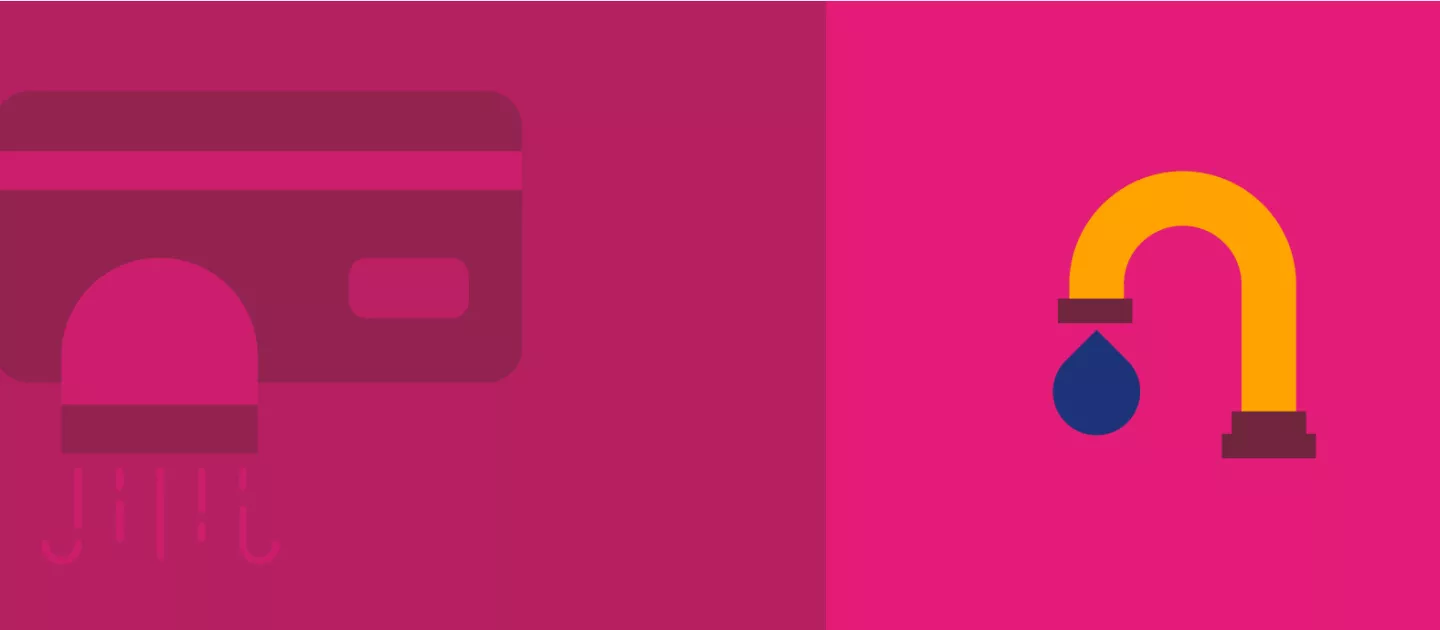This section focuses on how trans and gender diverse young people experience bathrooms in schools. In the first instance, please watch the video showing how trans students deserve to learn and thrive at school.
This section also contains key findings from research, impactful quotes from young people, starting points to think about what you can do as well as resources for further study. Please navigate through this section and complete the corresponding worksheet in the workbook.
Very quickly they had an all gender bathroom. […] It was kind of an unused disabled toilet. They kind of just stuck on the sign, and yeah, that was kind of it. […] I do see the issues of it being a disabled toilet that then becomes all-gender, but I suppose it didn't bother me too much.
(Molly, Age 18)

Research
Trans and gender diverse youth stated that:
- Bathrooms were a major source of anxiety
- Following their transition they felt uncomfortable using the bathroom associated with the sex assigned to them at birth
- They often felt unsafe using the bathrooms that aligned with their gender identity
- They were often prohibited from using a bathroom that aligned with their gender identity
- They were sometimes provided with a 'gender-neutral toilet' that was difficult to access and/or made them feel 'othered'
- They would not eat or drink before and during school in order to avoid using the toilet.
International research has shown that:
- Trans and gender diverse youth commonly experience discomfort and fear in post-primary school bathrooms (Ullman, 2014)
- Low-levels of bathroom safety negatively affect trans and gender diverse youth’s self-esteem and academic attainment (Wernick et al., 2017)
Consequently, researchers have called on schools to provide trans and gender diverse youth with:
- safe and appropriate access to bathrooms (Gower et al., 2018)
- single-stall, gender-neutral bathrooms (Porta et al., 2017)
Gary avoided using the toilet at school:
That caused a lot of problems in itself regarding [Urinary Tract Infections], bacterial infections, stool-wise. If you're not drinking or eating during the day, there's a huge problem there as well.
(Gary, Age 20)
What you can do
- Work with trans and gender diverse students to ensure that they have access to a bathroom that aligns with their gender identity
- Ensure trans and gender diverse youth who feel more comfortable using an individual toilet have access to a suitable single-stall gender-neutral toilet, preferably in more than one location on school grounds.
- If the single-stall, gender-neutral toilet to be used is also assigned as a wheel-chair accessible toilet, care should be taken to ensure access for young people with disabilities is not adversely affected. Ensure gender-neutral toilets are appropriately signed with an all-gender sign. If the bathroom is also wheel-chair accessible, a wheelchair symbol should be displayed.
